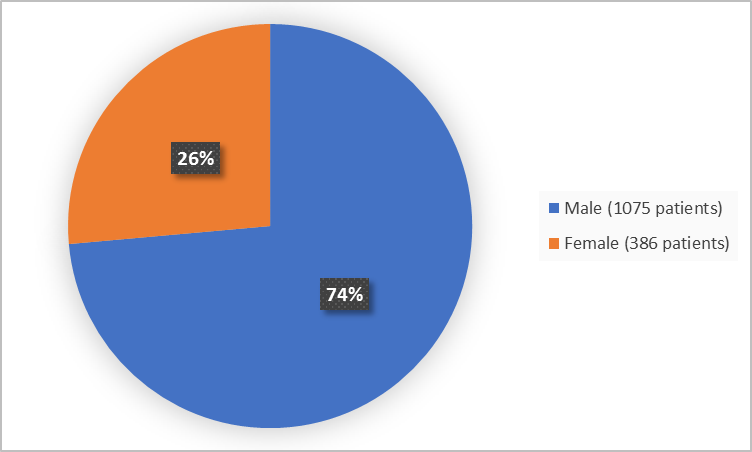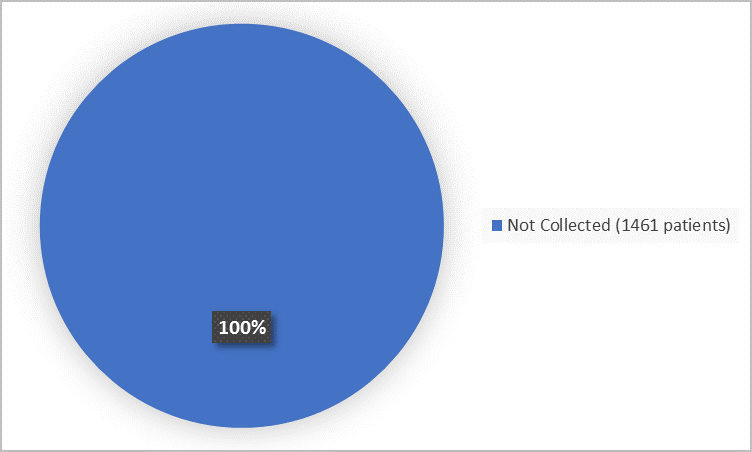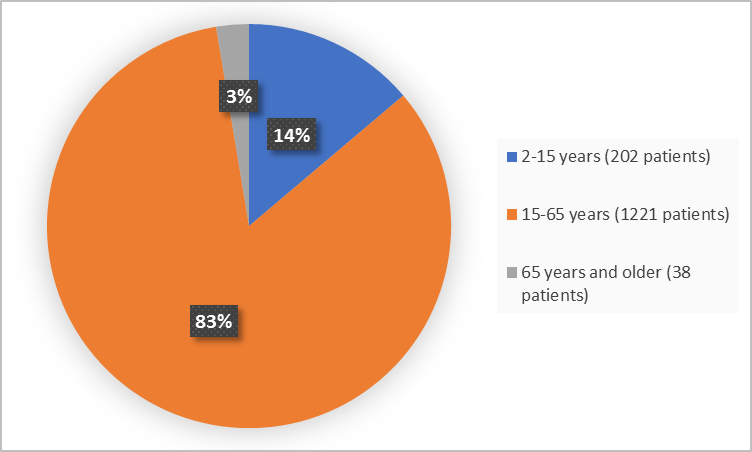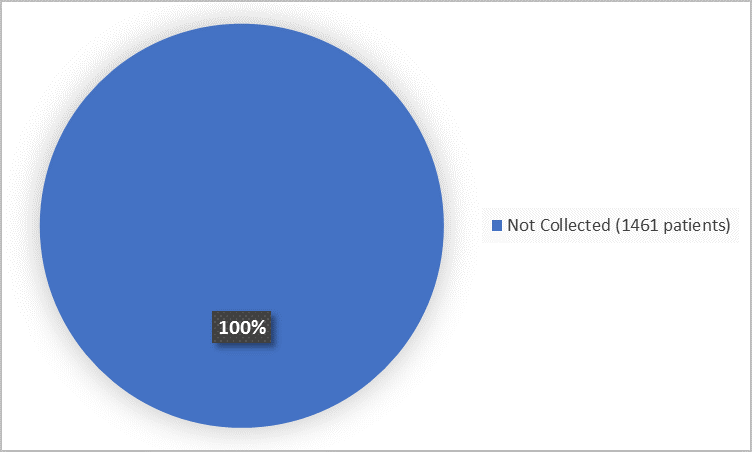Drug Trials Snapshots: ARTESUNATE
HOW TO USE THIS SNAPSHOT
The information provided in Snapshots highlights who participated in the clinical trials that supported the FDA approval of this drug, and whether there were differences among sex, race and age groups. The “MORE INFO” bar shows more detailed, technical content for each section. The Snapshot is intended as one tool for consumers to use when discussing the risks and benefits of the drugs.
LIMITATIONS OF THIS SNAPSHOT
Do not rely on Snapshots to make decisions regarding medical care. Always speak to your health provider about the risks and benefits of a drug. Refer to the ARTESUNATE Package Insert for complete information.
ARTESUNATE for injection
ahr-tez′ŭ-nāt
Amivas LLC
Approval date: May 26, 2020
DRUG TRIALS SNAPSHOT SUMMARY:
What is the drug for?
ARTESUNATE is a drug used for initial treatment of severe malaria in children and adults. Treatment of severe malaria with artesunate should always be followed by a complete treatment course of an appropriate antimalarial drug.
Malaria is a serious infectious disease that is spread by mosquitos infected by a parasite.
How is this drug used?
ARTESUNATE is an injection given directly into the vein by a healthcare professional. First three doses are given during the first 24 hours of treatment (at 0, 12 and 24 hours) followed by once daily administration until patient is able to take oral antimalarial therapy.
What are the benefits of this drug?
The number of patients treated with ARTESUNATE who died in the hospital (called in-hospital mortality rate) was lower than the number who died in the control group treated with quinine (a drug approved for the treatment of acute malaria). The in-hospital mortality rate was 13% for ARTESUNATE-treated patients versus 21% for quinine-treated patients.
What are the benefits of this drug?
The table below summarizes efficacy results for the evaluated patients in Trial 1. The main trial endpoint was in-hospital mortality.
Table 1. In-hospital Mortality in Patients Treated for Severe Malaria in Trial 1, All Randomized Patients
| ARTESUNATE (N=730) |
Quinine (N=731)2 |
Odds Ratio (95% CI)1 | |
|---|---|---|---|
| In-hospital mortality | 96 (13%) | 150 (21%) | 0.59 (0.44, 0.79) |
1 The odds ratio and 95% CI (confidence interval) were calculated using CMH approach adjusted by study site.
2 A single patient randomized to quinine arm did not receive any doses of the study drug.
A supportive efficacy assessment from published large randomized active-controlled trial in Africa showed a similar advantage as Trial 1 for patients receiving ARTESUNATE compared to those receiving quinine.
ARTESUNATE Prescribing Information
Were there any differences in how well the drug worked in clinical trials among sex, race and age?
- Sex: ARTESUNATE worked similarly in males and females.
- Race: Not reported.
- Age: ARTESUNATE worked similarly in all tested age groups. The number of patients older than 65 years was limited; therefore, difference between patients younger and older than 65 years of age could not be determined.
Were there any differences in how well the drug worked in clinical trials among sex, race, and age groups?
The table below summarizes efficacy results by sex, and age.
Table 2. In-Hospital Mortality Subgroup Analysis (ITT Population)
| Demographic Parameter | ARTESUNATE | Quinine |
|---|---|---|
| Sex, n/N (%) | ||
| Male | 71/546 (13.0%) | 111/529 (21.0%) |
| Female | 29/184 (15.8%) | 41/202 (20.3%) |
| Age, n/N (%) | ||
| < 5 years | 1/37 (2.7%) | 2/33 (6.1%) |
| 5 to <15 years | 2/60 (3.3%) | 8/72 (11.1%) |
| 15 to <65 years | 88/616 (15.7%) | 131/605 (21.7%) |
| ≥65 years | 5/17 (29.4%) | 9/21 (42.9%) |
| ≥15 years | 93/633 (14.7%) | 140/626 (23.4%) |
ITT=intent-to treat
Adapted from FDA Review
What are the possible side effects?
ARTESUNATE may cause serious side effects including hemolytic anemia (a condition in which red blood cells are destroyed), and severe allergic reactions.
The most common side effects of ARTESUNATE are kidney failure requiring dialysis, hemoglobinuria (the presence of hemoglobin in urine) and jaundice.
What are the possible side effects?
The table below summarizes adverse reactions in treated patients from Trial 1.
Table 3. Selected Adverse Reactions Occurring in ≥2% of Patients Treated for Severe Malaria in Trial 1
| Adverse Reaction | ARTESUNATE (n=730) |
Quinine (n=730)1 |
|---|---|---|
| Acute renal failure requiring dialysis2 | 65 (8.9%) | 53 (7.3%) |
| Hemoglobinuria | 49 (6.7%) | 33 (4.5%) |
| Jaundice | 17 (2.3%) | 14 (1.9%) |
1A patient randomized to the quinine arm did not receive any doses of the study drug
2Includes the terms: dialysis, hemodialysis, and peritoneal dialysis
In general, the safety profile of intravenous ARTESUNATE in published trial (Trial 2) was similar to that described for Trial 1 included greater incidence of neurological impairments at hospital discharge in the artesunate arm compared to the quinine arm.
The most common adverse reactions in Trial 3 were anemia (65%), transaminase increase (27%), thrombocytopenia (18%), hyperbilirubinemia (14%), acute renal failure (10%), leukocytosis (10%), acute respiratory distress syndrome (8%), lymphopenia (7%), neutropenia (5%), disseminated intravascular coagulation (3%), elevated creatinine (3%), pneumonia (3%), pulmonary edema (3%), and diarrhea (3%).
ARTESUNATE Prescribing Information
Were there any differences in side effects among sex, race and age?
- Sex: The occurrence of side effects was similar in males and females.
- Race: Not reported.
- Age: The occurrence of side effects was similar in all tested age groups. The number of patients older than 65 years was limited; therefore, differences between patients younger and older than 65 years of age could not be determined.
Were there any differences in side effects of the clinical trials among sex, race, and age groups?
The table below summarizes the occurrence of treatment emergent adverse events (TEAEs) by sex and age subgroups.
Table 4. Incidence of TEAEs by Demographic Subgroup
| Subgroup | ARTESUNATE | Quinine | ||
|---|---|---|---|---|
| N | n (%) | N | n (%) | |
| Sex | ||||
| Females | 184 | 77 (41.8%) | 202 | 96 (47.5%) |
| Males | 546 | 219 (40.1%) | 528 | 243 (46.0) |
| Age | ||||
| <18 years | 161 | 50 (31.1) | 152 | 52 (34.2) |
| >18 years | 569 | 246 (43.2) | 578 | 287(49.7) |
| <65years | 713 | 286 (40.1) | 709 | 326 (46.0) |
| >65years | 17 | 10 (58.8) | 21 | 13(61.9) |
Adapted from FDA Review
WHO WAS IN THE CLINICAL TRIALS?
Who participated in the trials?
The FDA approved ARTESUNATE based primarily on evidence from a clinical trial (Trial 1) of 1461 hospitalized patients with severe malaria. The trial was conducted at 10 sites in Myanmar, Bangladesh, India, and Indonesia.
The FDA also considered data from one large trial conducted from 2005-2010 in nine African countries in 5,425 hospitalized pediatric patients with severe malaria (Trial 2) and a smaller trial conducted from 2007-2008 in Gabon and Malawi. (Trial 3)
Figure 1 summarizes how many males and females were enrolled in Trial 1.
Figure 1. Demographics by Sex
FDA Review
Figure 2 summarizes the percentage of patients by race.
Figure 2. Demographics by Race
FDA Review
Figure 3 summarizes the percentage of patients by age.
Figure 3. Demographics by Age
FDA Review
Figure 4 summarizes the percentage of patients by ethnicity.
Figure 4. Demographics by Ethnicity
Who participated in the trials?
The table below summarizes demographics of all patients in the trial.
Table 5. Demographic Characteristics (intent-to-treat population)
| ARTESUNATE (N=730) |
Quinine (N=731) |
TOTAL (N=1461) |
|
|---|---|---|---|
| Sex, n (%) | |||
| Male | 546 (74.8%) | 529 (72.4%) | 1075 (73.6%) |
| Female | 184 (25.2%) | 202 (27.6%) | 386 (26.4%) |
| Race-not collected | |||
| Age (years) | |||
| Mean [SD] | 27.9 [14.9] | 27.9 [15.3] | 27.9 [15.1] |
| Median | 25 | 25 | 25 |
| Range | 2-85 | 2-87 | 2-87 |
| Age Group, n (%) | |||
| 2 to <15 years | 97 (13.3%) | 105 (14.4%) | 202 (13.8%) |
| 2 to <5 years | 37 (5.1%) | 33 (4.5%) | 70 (4.8%) |
| 5 to <10 years | 20 (2.7%) | 33 (4.5%) | 53 (3.6%) |
| 10 to <15 years | 40 (5.5%) | 39 (5.3) | 79 (5.4%) |
| ≥15 years | 633 (86.7%) | 626 (85.6%) | 1259 (86.2%) |
| ≥65 years | 17 (2.3%) | 21 (2.9%) | 38 (2.6%) |
| Ethnicity-not collected | |||
| Country, n (%) | |||
| Myanmar | 295 (40.4%) | 282 (38.6%) | 577 (39.5%) |
| Bangladesh | 222 (30.4%) | 231 (31.6%) | 453 (31.0%) |
| Indonesia | 143 (19.6%) | 146 (20.0%) | 289 (19.8%) |
| India | 70 (9.6%) | 72 (9.8%) | 142 (9.7%) |
FDA Review
How were the trials designed?
One trial was used to evaluate both, safety and benefits of ARTESUNATE. Trial enrolled patients with severe malaria who needed hospitalization because of their condition. Patients received at random either ARTESUNATE or a medicine used to treat malaria (quinine). Patients and the health care providers knew which treatment was being given.
The benefit of ARTESUNATE in comparison to quinine was evaluated by comparing the number of patients who died while in the hospital (in-hospital mortality).
The benefit of ARTESUNATE was supported by the data from Trial 2 in which pediatric patients younger than 15 years of age with severe malaria were randomly assigned treatment with ARTESUNATE or quinine.
How were the trials designed?
The safety and efficacy of ARTESUNATE were established in a randomized, open-label, multicenter trial. Hospitalized patients with severe malaria were treated intravenously with either ARTESUNATE or quinine. ARTESUNATE was administered at 2.4 mg/kg IV at 0, 12 and 24 hours and then every 24 hours until the patient could tolerate oral medication. Quinine was given IV at 20 mg/kg over 4 hours, followed by 10 mg/kg over 2 to 8 hours, 3 times daily until oral therapy could be started. The endpoint was in-hospital mortality rate.
Additional supportive evidence for efficacy was obtained from a published, large international, randomized, open-label, multicenter trial comparing parenteral ARTESUNATE to parenteral quinine in pediatric patients (< 15 years of age) with severe malaria. The endpoint was in-hospital mortality rate.
GLOSSARY
CLINICAL TRIAL: Voluntary research studies conducted in people and designed to answer specific questions about the safety or effectiveness of drugs, vaccines, other therapies, or new ways of using existing treatments.
COMPARATOR: A previously available treatment or placebo used in clinical trials that is compared to the actual drug being tested.
EFFICACY: How well the drug achieves the desired response when it is taken as described in a controlled clinical setting, such as during a clinical trial.
PLACEBO: An inactive substance or “sugar pill” that looks the same as, and is given the same way as, an active drug or treatment being tested. The effects of the active drug or treatment are compared to the effects of the placebo.
SUBGROUP: A subset of the population studied in a clinical trial. Demographic subsets include sex, race, and age groups.
PRESCRIBING INFORMATION




